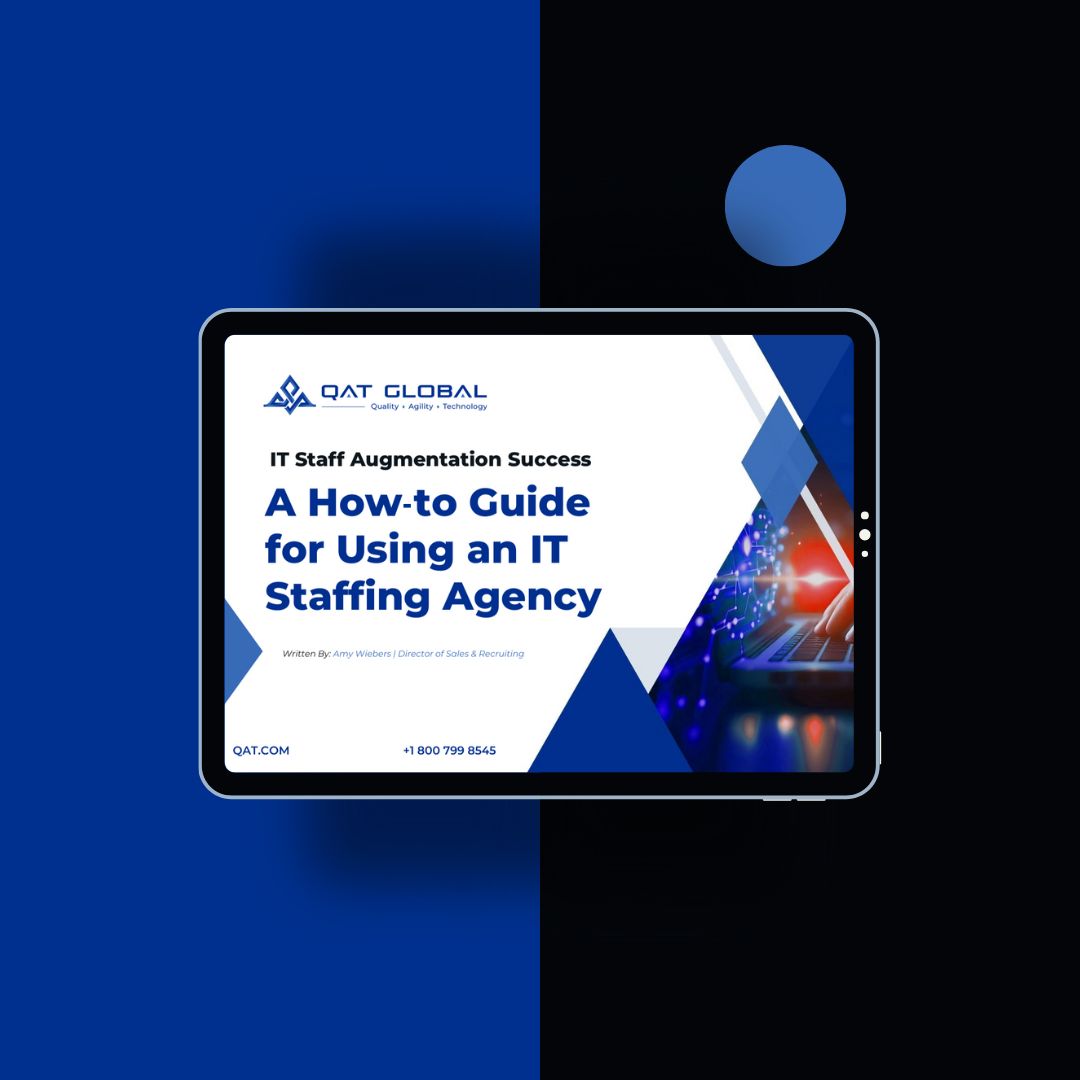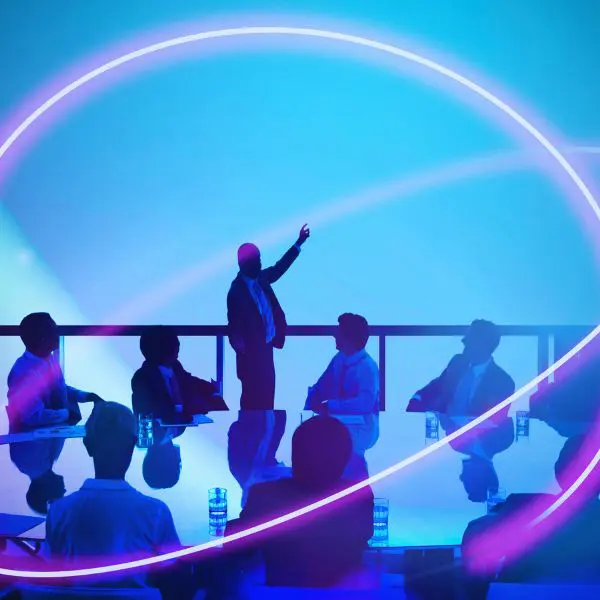The Top 9 Legacy Modernization Drivers for Enterprise Organizations
Legacy systems create roadblocks that impede digital business transformation, obstructing an organization’s agility in responding to market demands, innovating solutions, and strengthening their competitive edge.
One thing is clear: technology is evolving rapidly right before our very eyes. Every aspect of our lives and the society we live in is touched by these changes. There’s no sign of a slowdown in sight. The microcosm of software development is experiencing the same thing. Organizations require speedier development philosophies to get their services and products to market faster than ever to remain competitive and relevant in the marketplace.
Business agility is the new source of business value.
We’ve known this day was coming for a long time. As developers faced the turn of the century, they started to question and criticize the popular processes and assumptions at the foundation of their field. Concepts like Waterfall development methods, having highly detailed requirements before starting development, and designing comprehensive architectures came under fire. In the mid-1990s, a small group of thought-leaders worked on approaches to the development designed for speed and change. The term “agile software development” emanated from this group in 2001, launching the software development microcosm into a new era. Since then, the agile philosophy has become the best-practices standard for software development.
As mainframe developers experienced with procedural languages retire at increasing rates, and the cost of maintaining the mainframe rises steadily, organizations are justifiably nervous about the future. These organizations need a strategy that embraces agile development and the cloud, yet balances with mainframe environments until a full modernization of their systems can be completed.
Some organizations are looking to a bimodal IT strategy to solve their problems. Under a bimodal strategy, the organization essentially runs two IT organizations, one mired in the old ways and one pursuing the new. While executing a bimodal strategy can be done and may help an organization manage key systems while adopting new, more efficient development techniques, it is rather complex and costly. The strategy essentially leaves the organization with two IT camps competing for limited resources, yet needing to work closely together. This strategy is designed for the short term; it’s not a strategy you would want to rely on permanently. It’s critical to transform the legacy environment, instead of adapting your methodologies to it, to ensure your organization can meet the requirements of the business and competitive demands of the market moving forward.
Legacy modernization efforts are being driven by specific business outcomes even as business and IT departments both strive to extend the life of existing applications while bringing additional functionality and value to the organization.
Business operations, risk management, and business growth are key driving forces for modernization efforts rather than simply seeking cost reductions from getting off a mainframe. The focus on business outcomes enables IT and the organization to focus their time and investments where the business outcomes are greatest and yet prioritize their modernization initiatives using a portfolio strategy.
“Three out of four Federal IT managers (77%) say application modernization will improve the end-user experience at their agency. “ MeriTalk – Future Ready Applications: The Modern Legacy https://www.meritalk.com/study/future-ready-applications/
The Challenge of Legacy Systems
The legacy systems found in most organizations have been in place for decades now and were frequently built to serve a single purpose. The result is that they rarely meet the criteria necessary to help an organization in the long term. In addition, the existing applications that match yesterday’s business models are not easily changed to meet the ever-changing business climate.
These legacy systems are perpetuating a variety of business challenges including:
- Disjointed development and maintenance, resulting in “silo-based” use
- Runtime, maintenance, and staffing costs are high and growing
- Architecture makes business intelligence efforts either prohibitive or completely impossible
- Design makes it difficult or impossible to change or adopt a new business model
- Application resistance to change results in compliance and regulatory challenges
- System design has created an inability to share data between internal and external systems
DevOps: Agile for Everyone
As organizational leaders experienced the successes that Agile brought to the development world, they questioned if it could be expanded to include the operational side of the house. From this, DevOps came into being.
DevOps is more than a methodology; it’s an organizational culture that requires an updated approach to the ways the organization processes data. Development teams and Operations work together from the beginning to develop and test software. The result is a straight line from start to finish; the rework seen on a traditional ops chart is avoided. Essentially, DevOps is agile development for IT and Operations, in concert with one another.
DevOps can provide a competitive advantage during software modernization efforts.
Top 9 Legacy Modernization Drivers: Compelling Reasons in the Organization
The following are typical legacy modernization drivers that compel business and IT managers to explore modernization strategies:
“92 percent of Federal IT managers say that it’s urgent for their agency to modernize legacy applications, citing the largest driving factors as security issues (42%), time required to manage/ maintain systems (36%), inflexibility (31%), integration issues (31%), innovation hindered (30%), and the difficulty finding staff with experience managing/maintaining legacy systems (29%).” MeriTalk – Future Ready Applications: The Modern Legacy https://www.meritalk.com/study/future-ready-applications/
Opportunity
If your enterprise is like most, you have a variety of platforms that span decades of technology innovations; from the mainframe to the cloud. Staying with this style of IT environment is both costly and stifling; it limits you from innovating and growing your organization. Legacy modernization is the preferred solution to this situation.
“Reboot” your IT portfolio through modernization for greater business and system agility, operational excellence, and cost minimization. This frees up your time and money to focus on innovation, not technical implementation.
Modernizing your legacy applications is about leveraging their value, reusing embedded business rules and intellectual property, and transforming them to more modern architectures, technologies, and designs. There are virtually as many approaches to modernization as there are drivers compelling an organization to take this strategic step for their organization. Each approach has various pros/cons and results. It is critical to understand each of these approaches and how QAT Global’s recommended approach results in the strongest outcomes for modernizing your mission-critical legacy applications.
Benefits
Mainframe Migration Aligns with CIO Imperatives
- Cost Reduction – Infrastructure Modernization
- Scalability at a fraction of mainframe cost
- Simpler operations
- Broader choices, a strong cost-benefit ratio, and greater budget flexibility
- Speed Up Business – Innovation, Agility
- IT Simplification – Virtualization, Cloud
Our Legacy Renewal Solution enables organizations to:
- Extract and reuse their key business rules from the legacy code
- Document these business rules and processes as they are extracted from the legacy code
- Make improvements to the extracted business rules to optimize processes in the modernized system
- Modernize the system to a new platform and architecture
- Future-proof their modernized solutions from future advances in technology
- Realize time, cost, and risk reductions typically associated with legacy modernization
Federal IT managers say the top deciding factors they use when prioritizing which applications to modernize include:
#1 Security risks
#2 Mission criticality
#3 Technical adequacy
#4 Widespread use of application
#5 TCO
MeriTalk – Future Ready Applications: The Modern Legacy https://www.meritalk.com/study/future-ready-applications/
Take the Steps for Success
Ready to start on the path to modernizing your software with a practical approach? Using an Agile modernization approach with proper planning and the right people on your team will put you on the path to success. The development team at QAT Global is experienced in modernizing legacy applications and working with clients who have complex environments. Put your next modernization project on the path to success, start the conversation with our development team today.
















